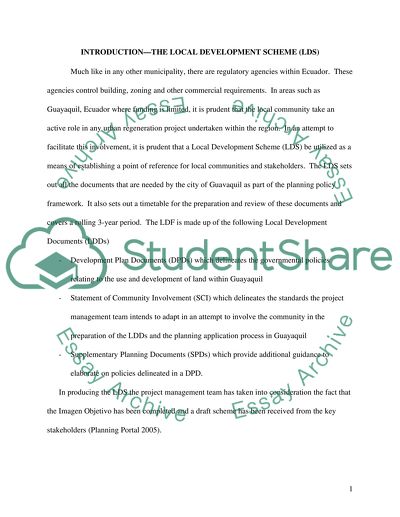Cite this document
(The Local Development Scheme of South America Case Study, n.d.)
The Local Development Scheme of South America Case Study. Retrieved from https://studentshare.org/architecture/1539315-project-management-report-of-urban-regeneration-project-south-america
The Local Development Scheme of South America Case Study. Retrieved from https://studentshare.org/architecture/1539315-project-management-report-of-urban-regeneration-project-south-america
(The Local Development Scheme of South America Case Study)
The Local Development Scheme of South America Case Study. https://studentshare.org/architecture/1539315-project-management-report-of-urban-regeneration-project-south-america.
The Local Development Scheme of South America Case Study. https://studentshare.org/architecture/1539315-project-management-report-of-urban-regeneration-project-south-america.
“The Local Development Scheme of South America Case Study”, n.d. https://studentshare.org/architecture/1539315-project-management-report-of-urban-regeneration-project-south-america.


